If you’ve ever spent time shopping for coffee, either at your favorite local coffee shop or online, it’s almost certain that you’ve read through the tasting notes on the bag while trying to make a decision.
Descriptions like “we taste dark chocolate, melon and cherry”, or “black cherry, strawberry and lavender” printed conspicuously like some secret flavor code made to be cracked only by those in the know.
You wouldn’t be alone if your initial response to these allegedly impossible claims is some mixture of confusion, curiosity, and disbelief—but, if you’ve ever wondered “are they serious?” or, "wait, does this coffee have added artificial flavors?" then this article is here to guide you on your own journey of sparkling sensory satisfaction, and ultimately into impressing your friends with your highly attuned palette.
Here are some factors that can affect the flavor and define what you taste in your brew.
Where the Beans Came From
The taste of coffee highly depends on where it came from and its growing method. Usually, great-tasting coffee beans are rich in experience and take time to grow. The kind of environment they grew in also says alot about the flavor.
Generally, the best growing conditions for coffee beans is a location with high elevation. That means the plants can experience both sunny days and cold nights.
That being said, coffee beans in warm tropical climates are some of the best-tasting coffees in the world. The world’s coffee belt is also found along the equator, where you would find parts of Asia, Africa, South, North, and Central America. Rich soils and few pests and diseases also contribute to the plant’s remarkable growth.
You might also like: Making the perfect cup of coffee at home: Tips from the experts
The Kind of Coffee You Have
Coffee comes in many varieties. There are more than a hundred to choose from. These varieties can be divided into two main categories: Arabica and Robusta.
Arabica beans have a smoother and sweeter taste compared to other varieties. Beans under this category usually have the flavor notes of sugar, chocolate, fruits, and berries.
On the other hand, robusta beans are stronger, more bitter, and usually harsher tastes among coffee varieties. They also have grainy overtones. You can still divide these main categories into different types according to location and other factors.
The second factor is highly dependent on the person’s preference.
At Kunjani we only source 100% Arabica beans.
How the Coffee Was Processed
There are three common ways to process coffee, and the method the coffee producer uses would tell you the kind of coffee you would get.
The Dry Process (Natural)
The dry process uses the least water amount when processing coffees. They are also the most common method used in countries with arid climates. The whole coffee cherries are thoroughly dried while the coffee beans or seeds are still inside the fruit. As a result, you would get sweet and fruity-tasting coffee.
The Wet Process (Washed)
Contrary to the dry process, the wet process involves a lot of water. The coffee cherries are placed inside a flotation tank for sorting and soaked for hours to remove the mucilage. This method helps separate the good cherries from the bad cherries. Afterward, the good cherries are washed and dried in the sun. You would get clean and bright-tasting coffees in this process.
The Honey Process
This process is similar to the wet process, except that the good cherries are not soaked for 24 hours. Instead, once the coffee cherry skin is removed, a mucilage/pulp is exposed. This mucilage has a sticky texture, sweet flavor, and a golden amber color reminiscent of honey as they are dried under the sun. The result is balanced and juicy coffee beans.
Its Roasting Method
Finally, the roasting method also makes the coffee drinking experience different for all people. There are two primary roasting methods for coffee: the traditional drum roasting method and the hot air method. There are light roasts, medium roasts, medium-dark roasts, and dark roasts as well.
There are four main stages when it comes to the roasting process: the drying stage, the browning stage, the development, and the roasting stage.
Conclusion
Coffee is a well-loved drink by many, and what makes it extra special is the numerous ways you can experience it. The more you get to know where your coffee came from, the better you can preempt its taste and texture, and the easier it is to figure out what you want.
If you want to be more adventurous when drinking your coffee, do not be afraid to brew your own coffee at home. This activity is not exclusive to professionals. As long as you love coffee, you would enjoy the experience.
Keep this article in mind and get the best coffee beans for a full experience. Kunjani is an award-winning coffee shop that also sells ethically-sourced, and freshly roasted coffee beans. Try our coffee now!


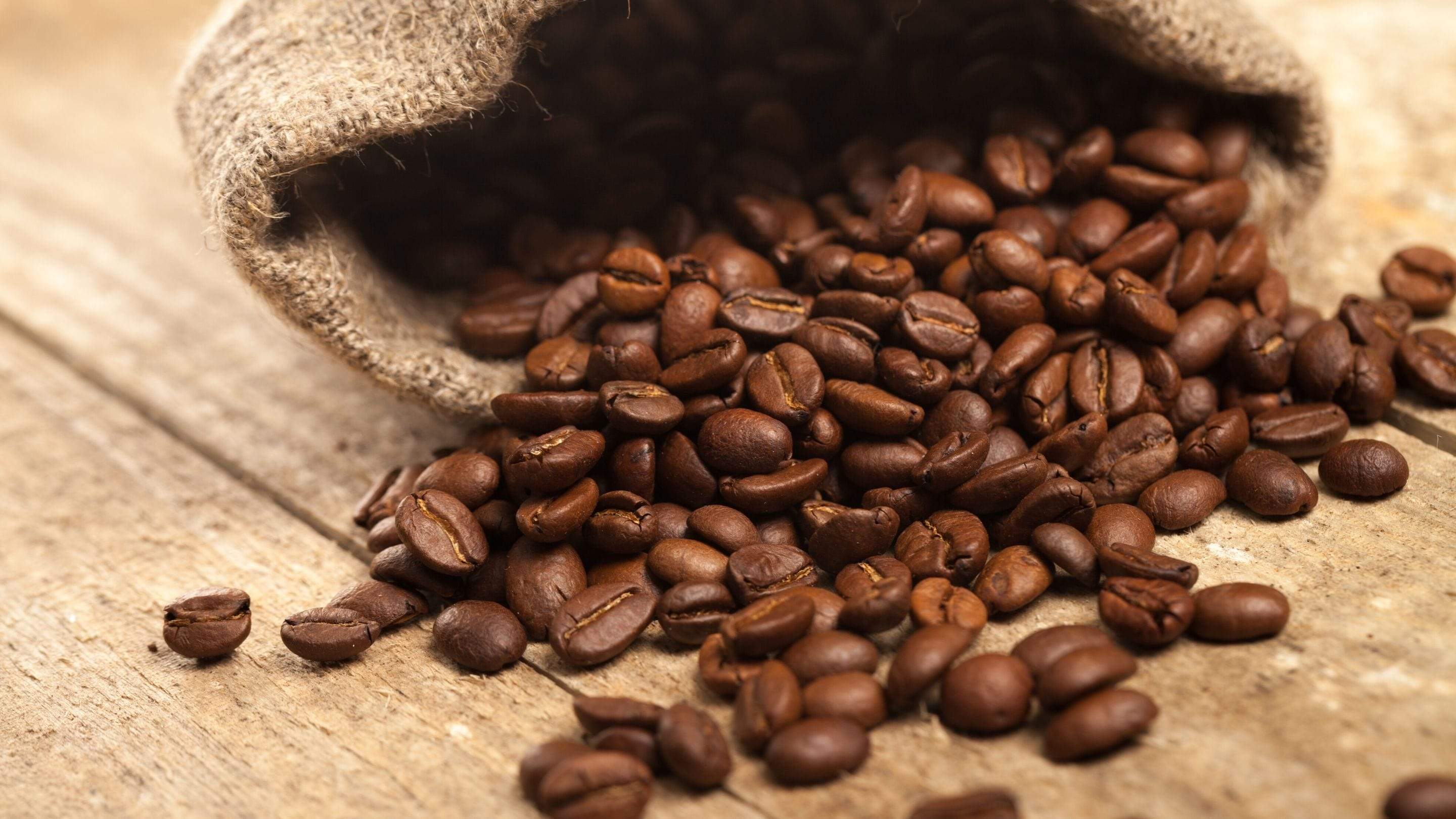
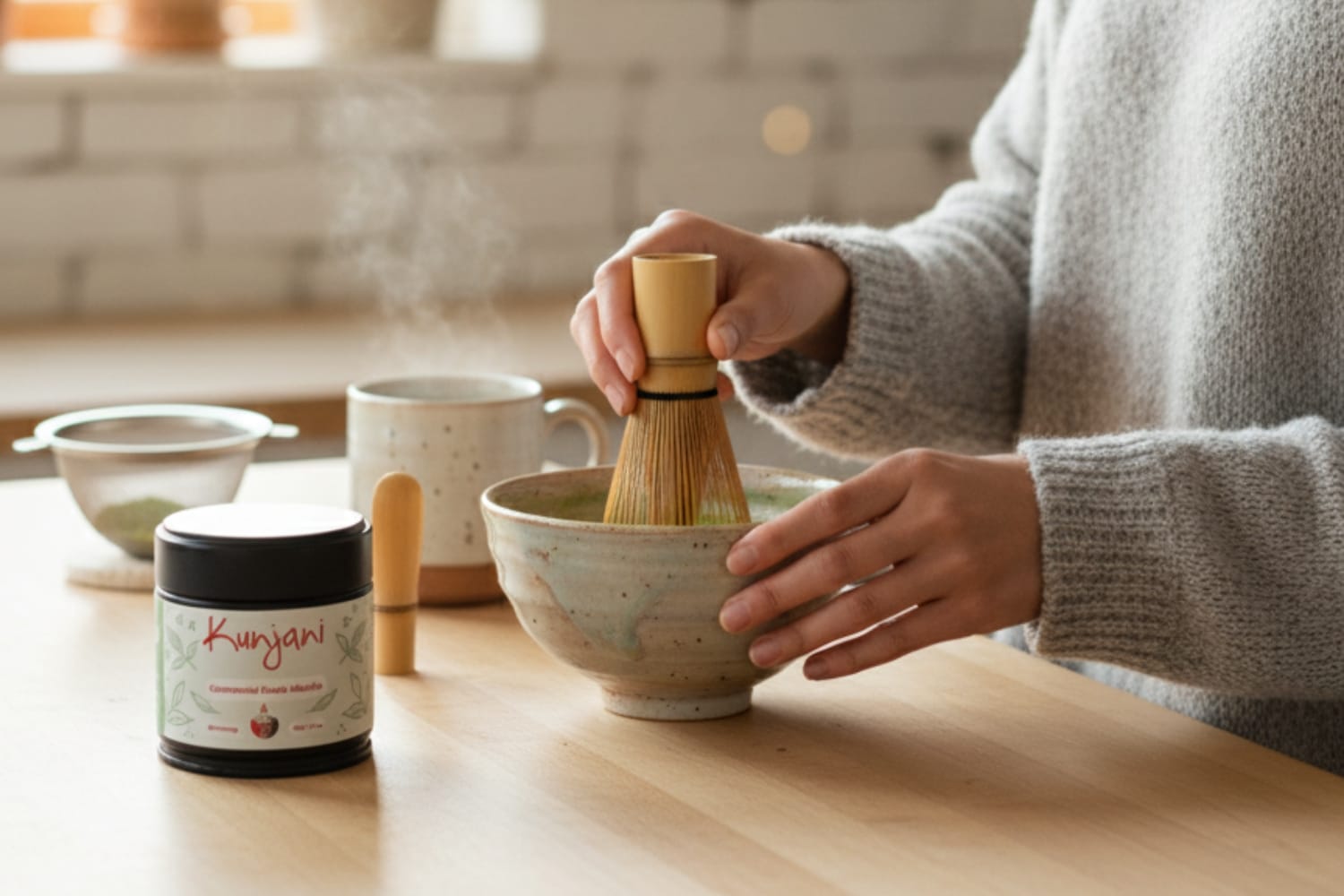

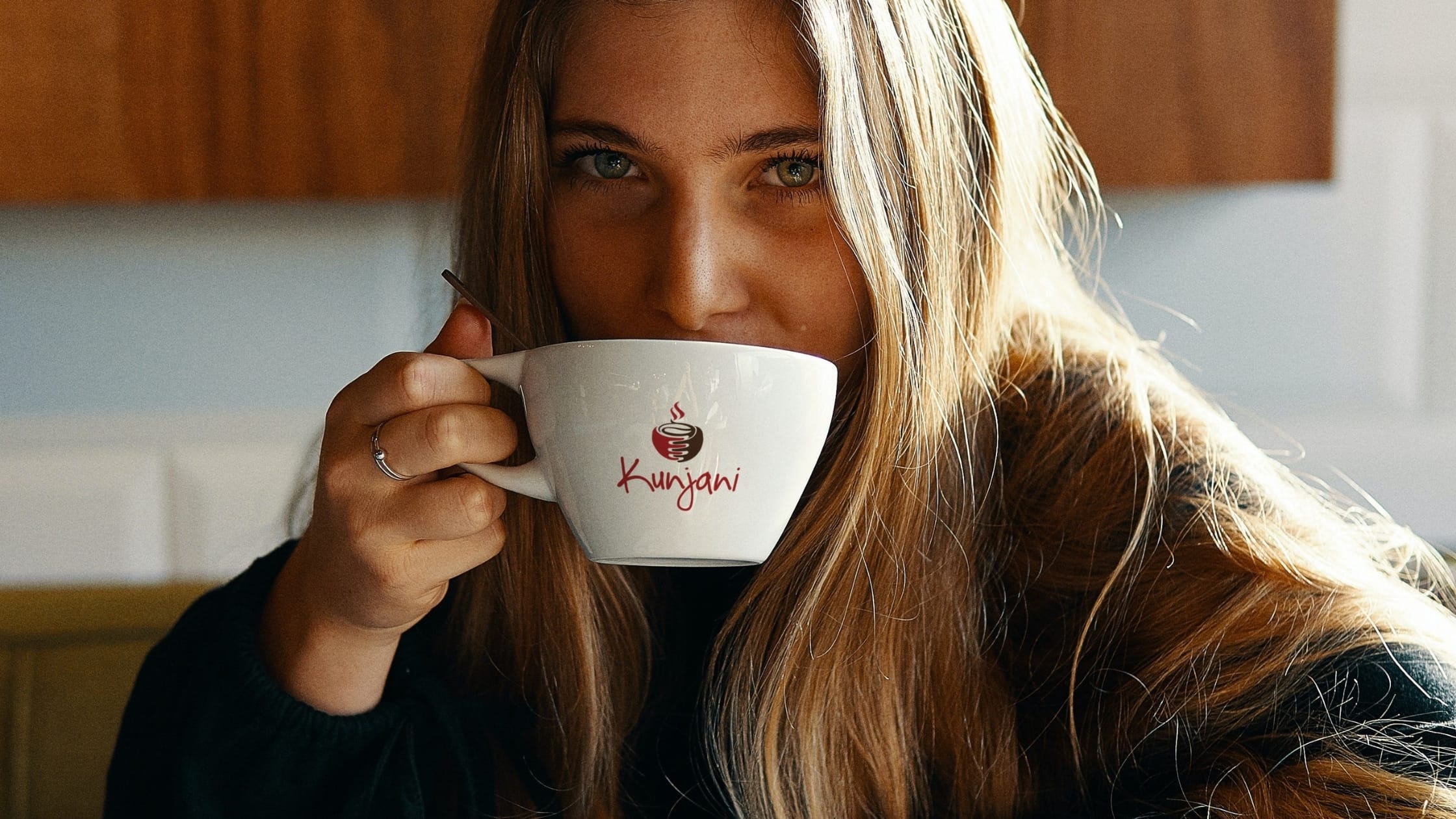


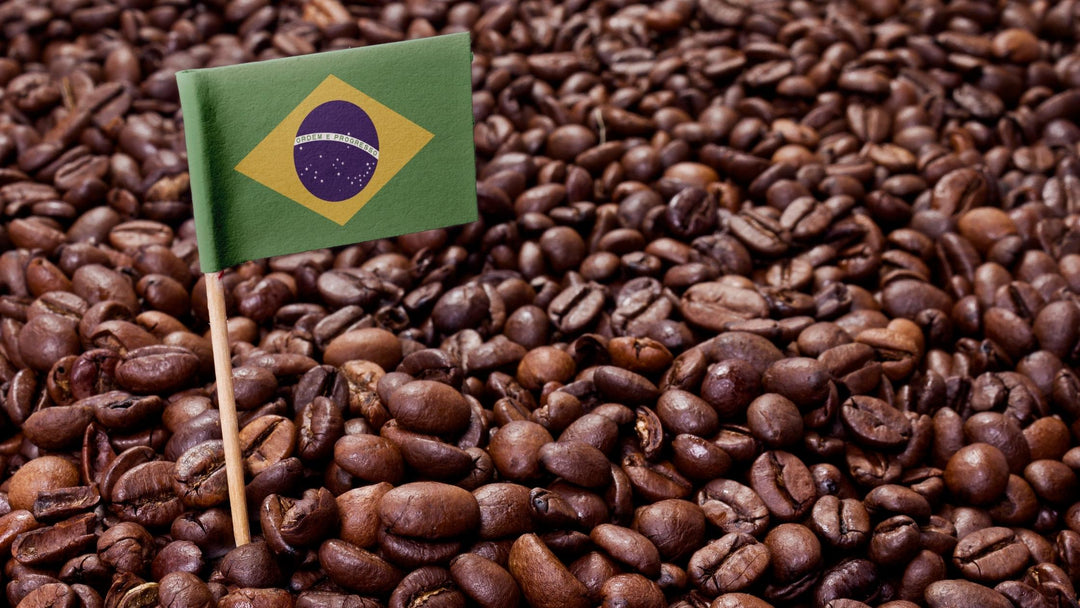

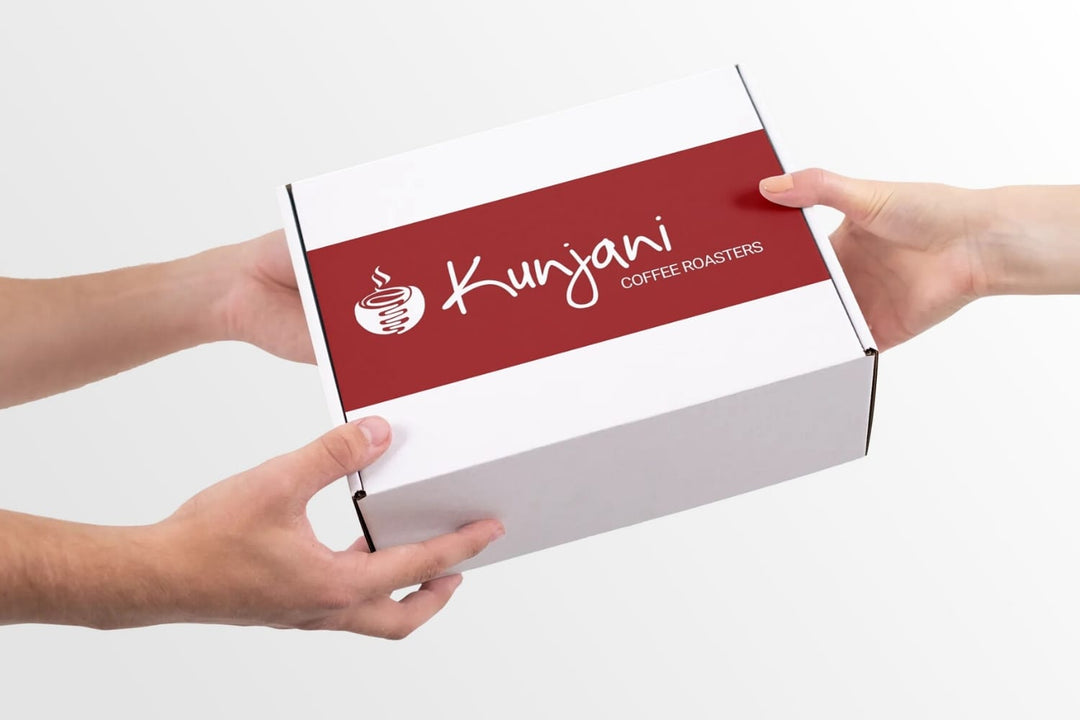
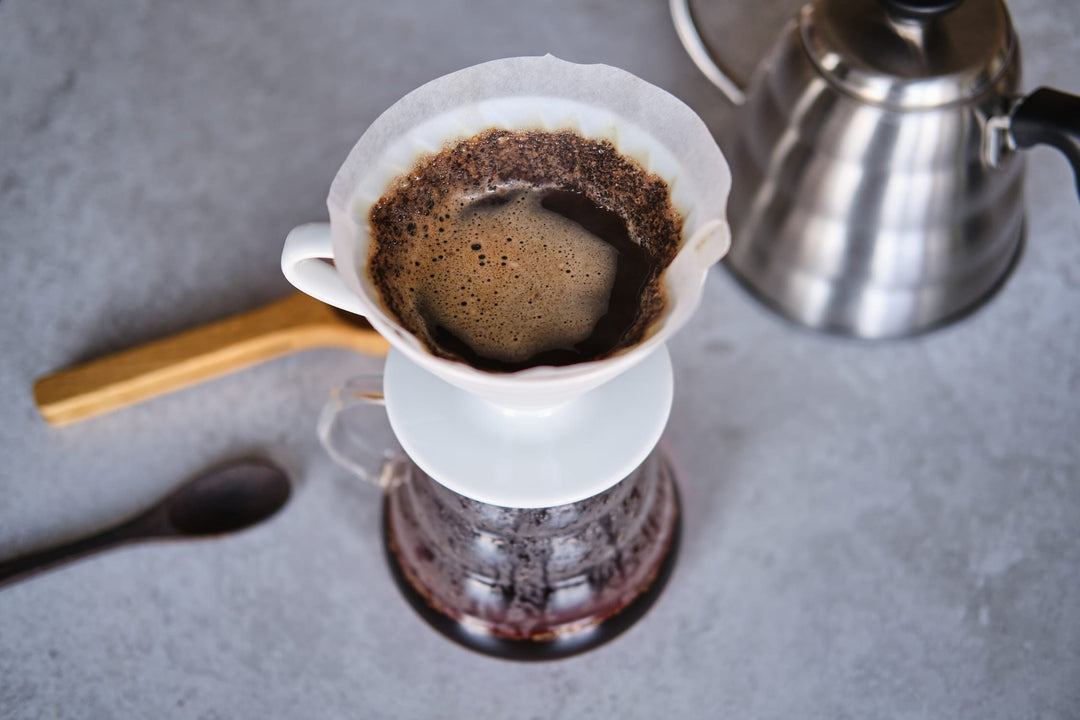
Leave a comment